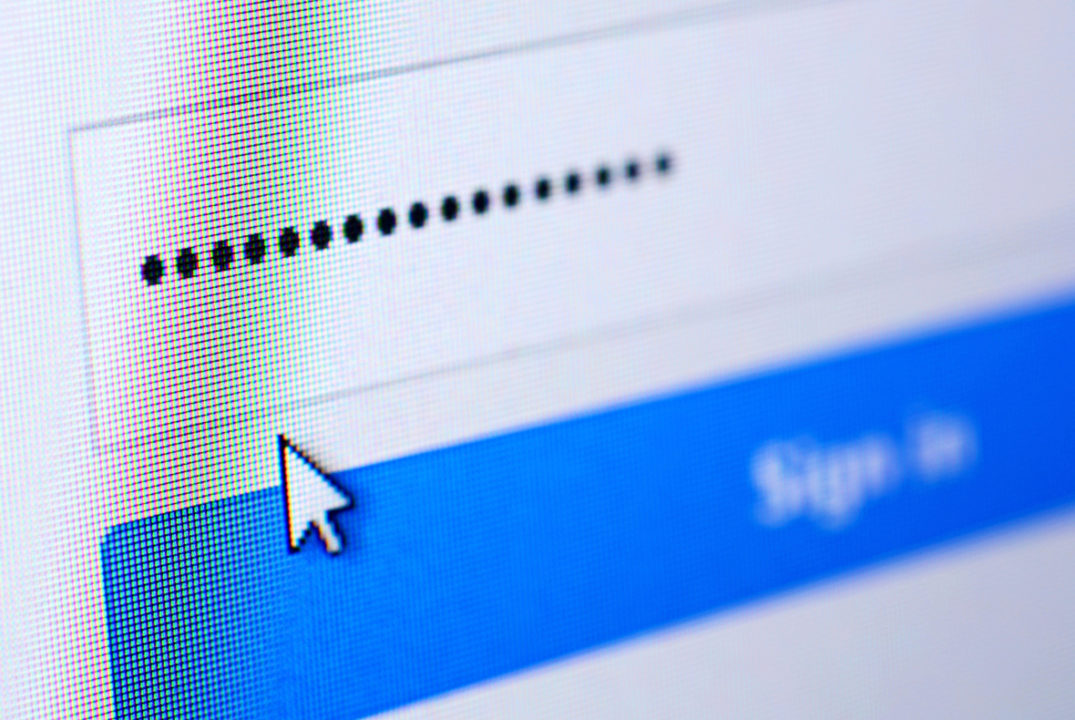Email marketing is governed by laws on data protection
So, you must have your recipients permission to send an email, especially people who are not your customers. If your emails are infrequent, it helps to keep reminding them of how they gave you permission as specifically as you can.
Getting permission to send someone an email is one of the most difficult, yet one of the most important, things you can do. Why is this? Because you have to gain that person’s trust so they feel secure with the view that you won’t abuse their trust having passed their contact details to you.
You need to strive towards building an email list with highly qualified leads and plenty of them! This might seem to be quite a big challenge, but how can this be achieved?
Website sign-up forms
You must add a sign-up form on your website immediately, if you haven’t got one already. Offer something compelling, like a voucher, a free report, a useful guide, etc., in exchange for your visitor’s contact details, i.e their name and email address. In doing so, they have given you consent to communicate with them in using this form of permission marketing.
Make the form very simple to fill in and submit, keeping it clearly visible on your web page. Ask for only the most basic information you need at this early stage. Asking for too much information too soon will deter people from signing up.
Once they have signed up, you must have an autoresponder in place to send an instant reply, thanking them for the interest shown in what you are offering. Personalise your emails by using their name in the first line of your email. In subsequent emails it helps to remind them why they signed up in the first place. People don’t always remember every form they have completed and a simple reminder will endorse your reason for contacting them again.



